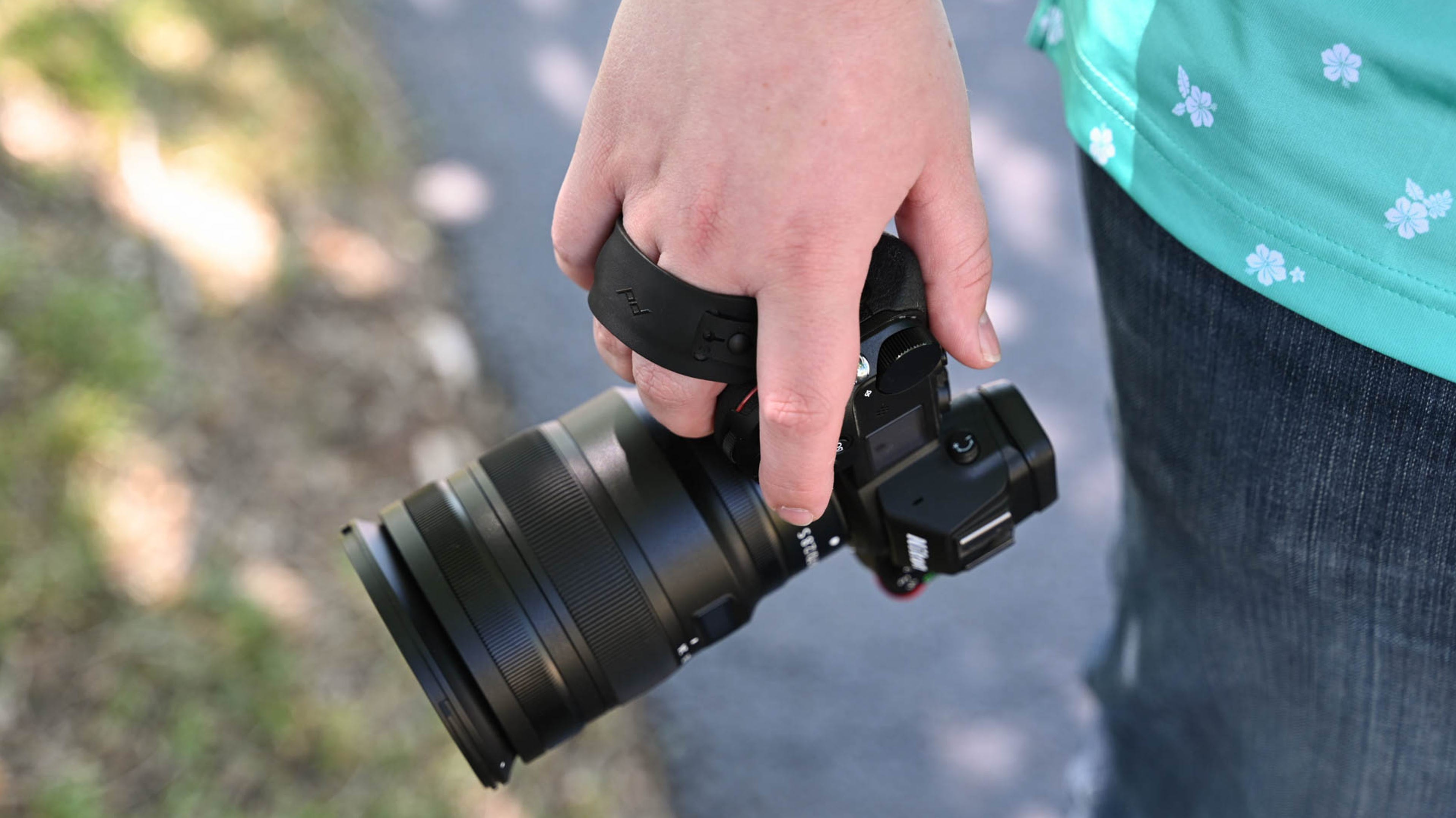
Mastering Smart Albums in Apple Photos: A Step-by-Step Guide for Mac Users

Easily organize your Apple Photos library with Smart Albums Create customized collections of images or videos based on specific criteria Perfect for recalling search criteria or building curated photo collections Explore Smart Albums on your Mac and iPhone
What is a Smart Album?
To enhance your photo organization in Apple Photos on your Mac, follow these steps. First, open Apple Photos. Then, navigate to File > New Smart Album. Refine your search criteria as needed. Don't forget to assign a name to your smart album. Once done, click "OK" to save the album. You'll find it conveniently listed alongside your other albums in the sidebar. Smart albums empower you to effortlessly create personalized collections of images or videos within your Apple Photos library, based on specific criteria. This feature is particularly handy for swiftly retrieving search results or assembling meticulously curated photo collections.
A smart album functions as a search query that coexists with your regular albums. Unlike a typical album, there is no need to manually add photos to a smart album. As new media is added or removed from your library, the smart albums automatically update to reflect these changes.
Smart albums are particularly valuable if you frequently search for the same criteria and desire a quicker method. They are also ideal for creating complex searches, as all available variables are conveniently displayed for you. You can utilize them to either exclude or include specific videos or images, filter media already included in existing albums, or group items based on the camera used, date shot, or person depicted in the image.
You can maximize the benefits by combining multiple criteria, enabling you to perform highly specific searches. To illustrate, you have the option to assemble a smart album comprising photographs exclusively captured in RAW format using a particular camera and lens combination, and featuring an aperture value exceeding f/2.8. This functionality is made feasible due to the presence of EXIF data stored within media files.
Create Smart Albums in Apple Photos on a Mac
To create a smart album, launch the Photos app on your Mac. Head to File > New Smart Album and you’ll see a new window appear with a name and set of conditions.
Utilize these conditions to refine the search parameters for your smart album. As you experiment with the different options, you will be able to observe the number of photos that align with your criteria.
To include additional conditions, simply click on the plus “+” icon located on the right side of the window. This action will generate a new row where you can specify further criteria. Repeat this procedure until you are satisfied with your selection. Once done, provide a name for your smart album and click on the “OK” button to save it.
Your new smart album will be displayed alongside your regular albums in the Photos sidebar. You can easily identify it as a smart album by its cog-shaped icon. Simply right-click on the album and select "Edit Smart Album" to modify the criteria you had previously defined.
Can You Create or View Smart Albums on an iPhone?
Regrettably, the iPhone does not provide support for creating or viewing smart albums. However, you can utilize this feature to organize your iPhone and iPad photos, but you will need to do it on your Mac instead. There are various criteria available for sorting media shot on iPhone and iPad models, such as separate entries for each device when sorting by camera, as well as the ability to categorize images based on the lens used (including the front-facing lens).
Nevertheless, there's no need to fret, as you can still utilize the search function in the Photos app on your iPhone to locate photos using machine learning.











